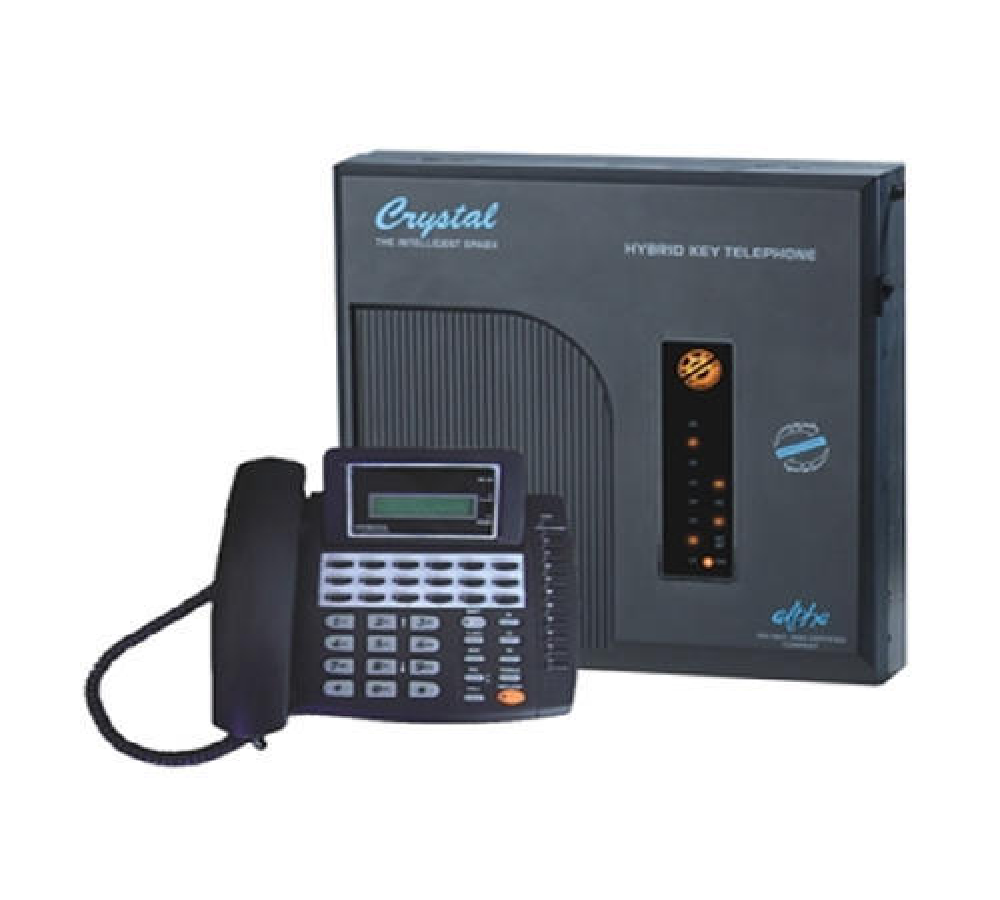An EPABX (Electronic Private Automatic Branch Exchange) system is a private telephone network used within an organization or business. It allows internal communication between employees and external communication with the outside world, such as customers and suppliers, by managing the switching of phone calls between multiple lines. Essentially, it’s a telephone exchange that automatically routes incoming and outgoing calls without needing human intervention.
Allows users to forward calls to another extension or to an external line.
Stores messages for recipients who are unavailable or during off-hours.
Users can place calls on hold and transfer them to another extension or line.
Automatically directs incoming calls to the appropriate department or extension.

Facilitates smooth communication within the organization through extension numbers, eliminating the need for external phone lines.
Efficiently allocates incoming calls to available agents or employees, ideal for call center operations.
Enables callers to interact with a computerized system via voice or keypad input to reach the desired department.
Allows multiple participants to join the same call, which is useful for team meetings or client discussions.
Basic systems that use traditional telephone lines for call management, offering limited flexibility and scalability compared to digital systems.
Utilizes digital signals for call switching, providing superior sound quality and advanced features like call recording and computer integration.
An advanced VoIP system for call management that integrates with online communication tools and enables remote communication between offices.
A Public Address (PA) sound system is an electronic amplification setup designed to enhance sound clarity for large audiences in various public spaces. PA systems are commonly utilized in events such as concerts, conferences, schools, public gatherings, and places of worship, comprising several components that work together to deliver clear sound over extensive areas.
Adjusts the loudness of the sound to ensure it’s clear and audible across different distances.
Prevents unwanted feedback (high-pitched sounds) caused by microphone and speaker interactions.
Fine-tunes sound quality using devices like compressors and limiters for improved clarity.
Many modern PA systems are designed for easy transport, allowing for quick setup and breakdown.
Compact and easy to set up, ideal for small venues like classrooms or meetings. These systems usually have built-in amplifiers and speakers and may include a wireless microphone.
Designed for larger venues such as auditoriums or outdoor events, these systems feature more powerful amplifiers and speakers and may require multiple microphones and mixers.
Utilized for concerts, festivals, or stadiums, these systems have powerful amplifiers, large arrays of speakers, and advanced mixing boards capable of handling various inputs.







+91 72650 08969
+91 93162 33575
secubeesolutions@gmail.com
57 APNAGHAR SOCIETY NEAR TEKRAWALA SCHOOL PALANPUR PATIYA, Rander Rd, Rander, Surat, Gujarat 395009
Plot No 4 , First Floor, Sardar industry, beside Ajanta Restaurant, opposite Khatodara Police Station, Laxmi Nagar, Udhana, Surat, Gujarat 395007
Copyright @2025, All Rights Reserved. Design By Technomantra India